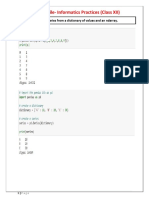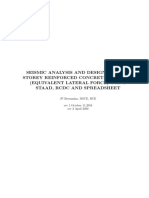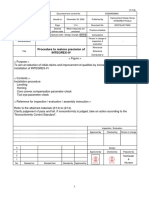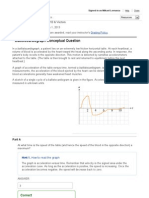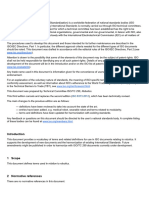0% found this document useful (0 votes)
45 views5 pagesGraph Plotting Questions Class12
The document outlines ten programs utilizing matplotlib and pandas for data visualization in various real-world scenarios. Each program includes specific tasks such as plotting line graphs, bar charts, and customizing visual elements like colors and labels. The objective is to effectively visualize data for different applications, including fitness tracking, sales reporting, and academic performance comparison.
Uploaded by
Aishi DeyCopyright
© © All Rights Reserved
We take content rights seriously. If you suspect this is your content, claim it here.
Available Formats
Download as DOCX, PDF, TXT or read online on Scribd
0% found this document useful (0 votes)
45 views5 pagesGraph Plotting Questions Class12
The document outlines ten programs utilizing matplotlib and pandas for data visualization in various real-world scenarios. Each program includes specific tasks such as plotting line graphs, bar charts, and customizing visual elements like colors and labels. The objective is to effectively visualize data for different applications, including fitness tracking, sales reporting, and academic performance comparison.
Uploaded by
Aishi DeyCopyright
© © All Rights Reserved
We take content rights seriously. If you suspect this is your content, claim it here.
Available Formats
Download as DOCX, PDF, TXT or read online on Scribd
/ 5


